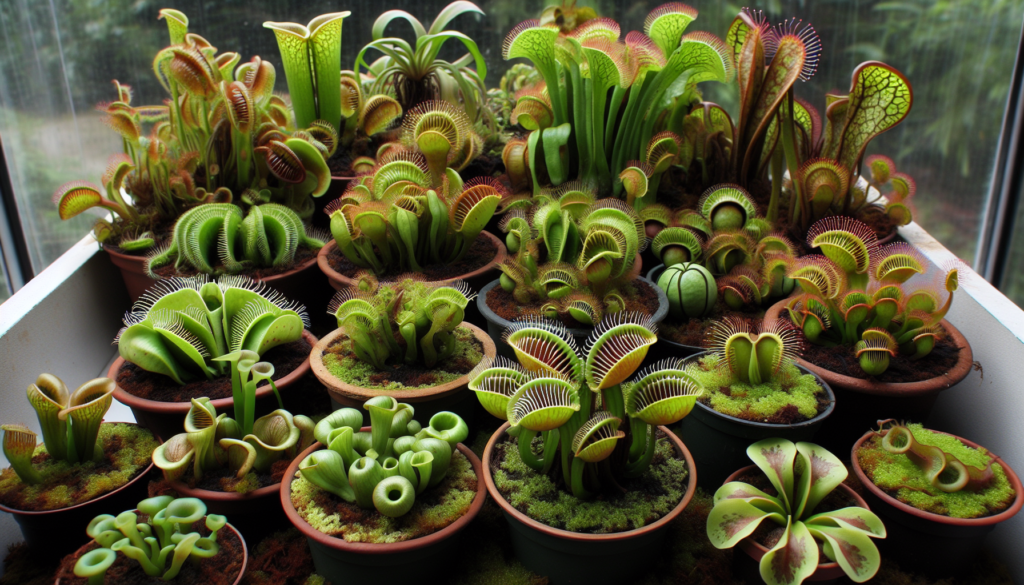To prune bamboo plants, cut just above a node using sharp, clean shears to remove unwanted or overgrown canes at ground level and trim back any branches to encourage thicker growth.
Welcome to my guide on mastering bamboo pruning and trimming techniques. If you’re a bamboo enthusiast looking to maintain a healthy and visually appealing bamboo grove, you’ve come to the right place.
Pruning and trimming bamboo is not only important for its aesthetics but also for its overall health and vitality. By understanding the growth patterns of bamboo and utilizing the right tools and techniques, you can achieve optimal results.
Understanding Bamboo Growth Patterns

Before diving into the art of bamboo pruning and trimming, it is essential to have a solid understanding of how bamboo grows. Bamboo is known for its rapid growth rate and unique rhizome system, which allows it to spread and thrive in various environments.
Bamboo growth patterns are a fascinating aspect of this resilient plant. Unlike traditional trees that grow from a single trunk, bamboo grows from a series of interconnected rhizomes.
These underground stems grow horizontally, giving rise to new shoots and culms above ground. This growth pattern enables bamboo to quickly expand its footprint and create dense groves.
One key aspect of understanding bamboo growth patterns is recognizing the difference between running and clumping bamboo. Running bamboo species have aggressive rhizome systems, allowing them to spread quickly over large areas.
Clumping bamboo, on the other hand, has more contained growth, forming tight clumps of culms without spreading extensively.
It’s important to be aware of the growth pattern of the specific bamboo species you have or plan to plant in your garden. This knowledge will help you make informed decisions regarding placement and containment of your bamboo grove.
The Importance of Bamboo Pruning and Trimming
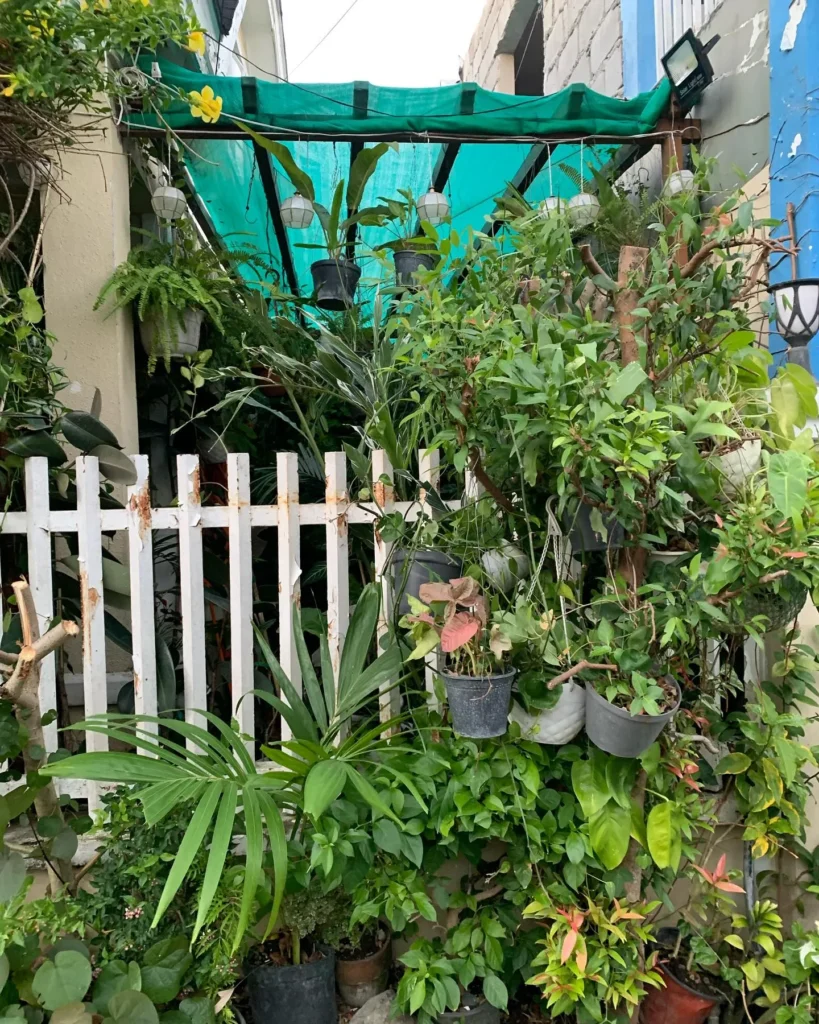
Regular pruning and trimming play a crucial role in maintaining healthy and visually appealing bamboo groves. Not only does it help control the height and spread of the plants, but it also promotes overall plant health and enhances the aesthetic appeal.
When bamboo is left unpruned or untrimmed, it can quickly become overgrown and unruly, creating a cluttered and messy appearance. By pruning and trimming regularly, you can maintain the desired shape and density of your bamboo grove, creating a more organized and visually pleasing landscape.
One of the key benefits of bamboo pruning is the ability to control the height and spread of the plants. Bamboo can grow rapidly and spread vigorously if not properly managed.
By selectively removing unwanted shoots and canes, you can prevent bamboo from invading neighboring areas or encroaching on paths, driveways, and other structures.
Pruning also promotes better air circulation and sunlight penetration within the bamboo grove, which is essential for the health of the plants.
Thinning out overcrowded areas allows sunlight to reach the lower parts of the bamboo, ensuring even growth throughout the grove and reducing the risk of disease and pest infestation.
Additionally, regular pruning and trimming help rejuvenate older bamboo canes, allowing new shoots to emerge. This not only keeps the grove looking fresh and vibrant but also helps maintain a balanced growth pattern.
Removing dead, damaged, or diseased canes helps redirect the plant’s resources to healthier parts, promoting overall plant vigor.
Tools and Equipment for Bamboo Pruning and Trimming

When it comes to maintaining a healthy and visually appealing bamboo grove, having the right tools and equipment is essential. In this section, I will share with you the must-have tools for effective bamboo pruning and trimming.
1. Shears: These handheld tools are perfect for precision pruning and shaping of bamboo plants. Look for shears with sharp blades and comfortable handles to make your pruning tasks easier.
2. Loppers: Loppers are designed to handle thicker branches and canes. They have long handles and a ratcheting mechanism that provides extra cutting power. Ideal for pruning thicker bamboo stalks.
3. Pruning Saws: Pruning saws are necessary for cutting through larger bamboo canes and branches. Look for saws with sharp, curved blades that allow for smooth and efficient cutting.
4. Pole Pruners: For taller bamboo groves, pole pruners are a must-have. These tools consist of a long pole with a cutting attachment at the end, allowing you to safely reach and trim higher branches without the need for a ladder.
When to Prune and Trim Bamboo
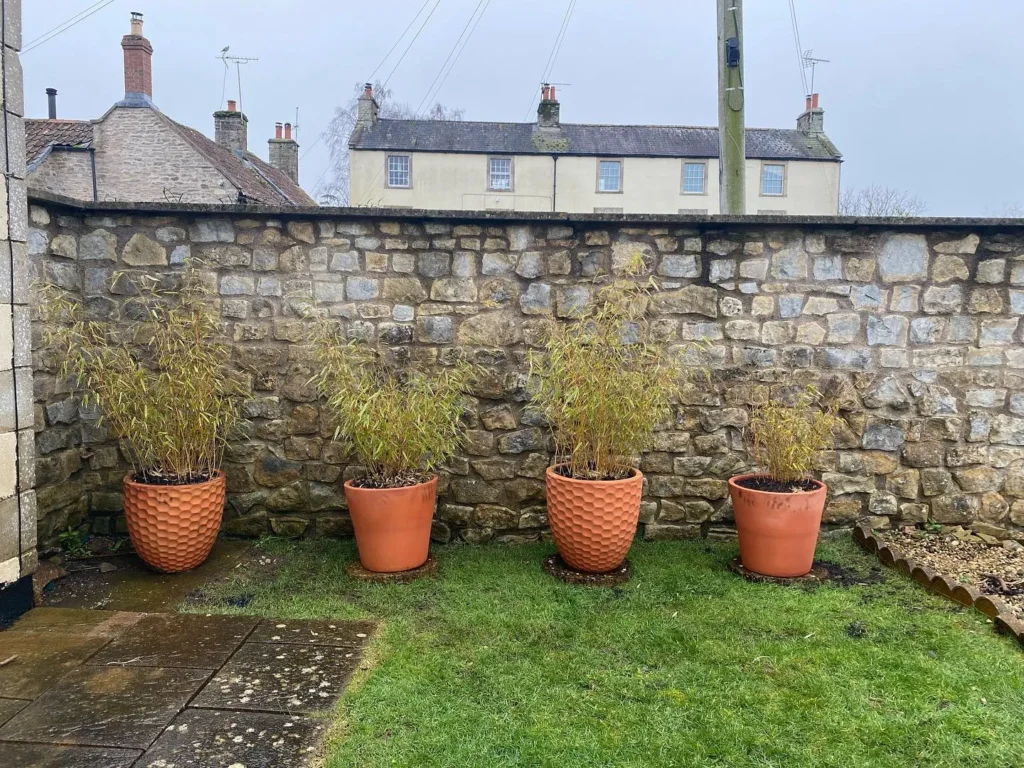
Timing is crucial when it comes to bamboo pruning and trimming. To ensure the best results and maintain the health and appearance of your bamboo grove, it’s important to prune and trim at the right times.
The optimal time to prune bamboo depends on the specific species you have. Some bamboo varieties require more frequent pruning, while others may require less.
Understanding your bamboo’s growth pattern and unique needs will help you determine the best pruning schedule.
As a general guideline, the best time to prune most bamboo species is during the late winter or early spring. This is typically before new shoots start to emerge but after the coldest part of the winter has passed.
Pruning during this period helps promote healthy growth by removing dead or damaged canes and shaping the bamboo to maintain its desired height and density. It also allows enough time for the bamboo to recover and prepare for the upcoming growing season.
However, it’s important to remember that different bamboo species have different growth patterns and may require specific pruning schedules. Some bamboo varieties may benefit from additional pruning during the growing season to control spreading or to thin out overcrowded sections.
Techniques for Pruning Bamboo
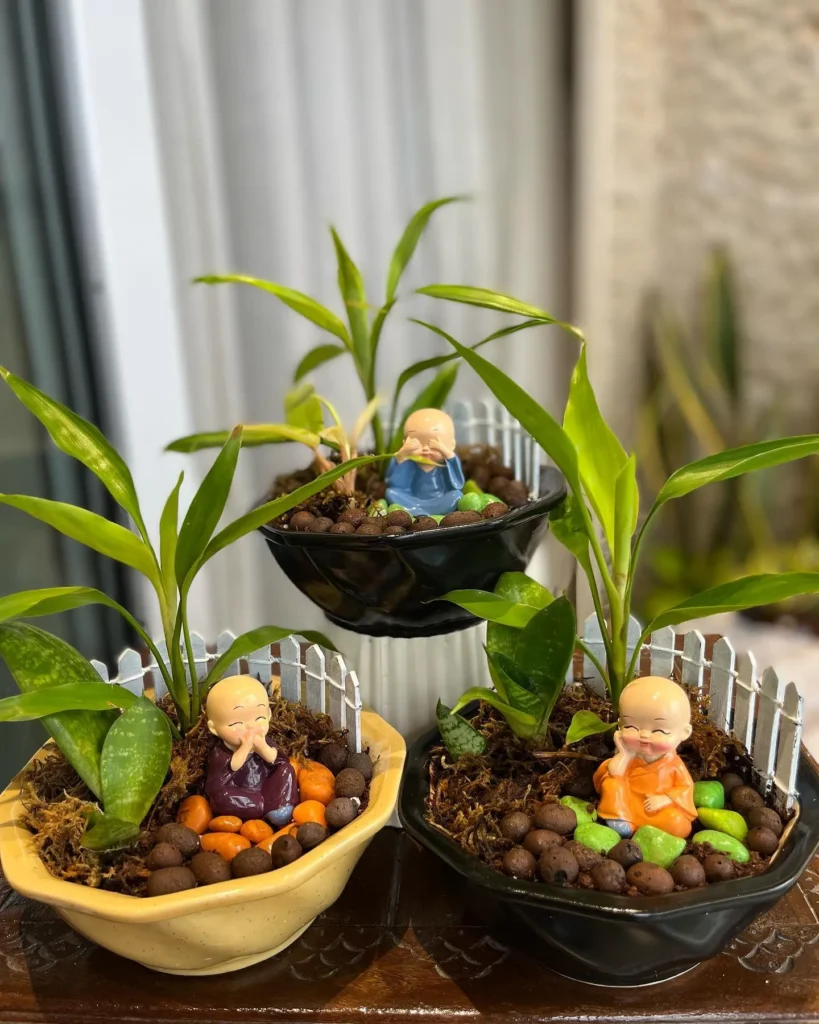
Pruning bamboo is an essential part of maintaining its desired shape, height, and density. By implementing the right pruning techniques, you can ensure that your bamboo grove stays healthy and visually appealing.
1. Thinning: Thinning involves selectively removing unwanted and overcrowded canes from the bamboo grove. By thinning, you create space for the remaining canes to grow and promote airflow, reducing the risk of fungal diseases.
2. Heading: Heading is the process of cutting back the tops of bamboo canes to encourage lateral growth. This technique helps control the height and density of the bamboo grove. When heading, make sure to cut just above a node to encourage new shoots.
3. Shearing: Shearing is an effective technique for shaping the bamboo into a specific form or hedge. Use sharp pruning shears to trim the sides of the bamboo canes evenly and maintain the desired shape. Regular shearing promotes denser foliage growth.
4. Culm Removal: Removing damaged, dead, or diseased culms is crucial for the overall health of the bamboo grove. Cut these culms all the way to the ground, ensuring a clean cut close to the soil level. Dispose of the culms properly to prevent the spread of any potential diseases.
Tips for Trimming Bamboo
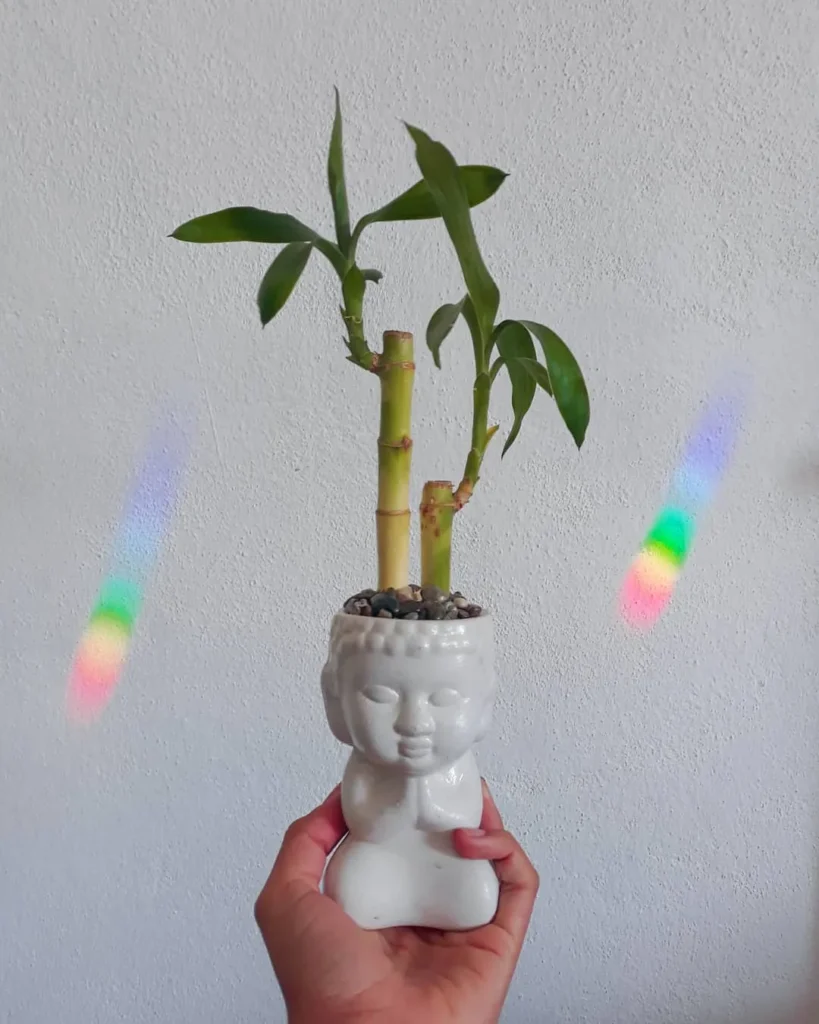
Trimming bamboo is an art that requires finesse to achieve a balanced and healthy appearance.
Whether you’re trimming the canes, branches, or foliage, following these tips will help you master the art of bamboo trimming and maintain the aesthetics of your bamboo grove.
- Choose the right time: Trim your bamboo during the least active growth periods, such as late winter or early spring. This ensures minimal stress to the plant and allows it to recover more quickly.
- Identify dead or damaged canes: Before you begin trimming, carefully inspect the bamboo grove and identify any dead, damaged, or diseased canes. These should be removed completely to maintain the health of the plant.
- Use sharp and clean tools: Blunt or dirty tools can cause unnecessary damage to the bamboo. Ensure your shears or pruning saws are sharp and clean before starting the trimming process.
- Trim from the bottom: Start trimming from the bottom of the bamboo plant, removing any low-hanging or crossed branches. This allows more light and air to reach the lower parts of the bamboo grove.
- Trim with precision: When trimming individual canes or branches, make clean and precise cuts just above a node or joint. This promotes healthy growth and prevents the entry of pests or diseases.
- Maintain the desired height: Regular trimming helps control the height of your bamboo grove. To maintain the desired height, trim the tallest canes by cutting them at the desired level.
- Consider thinning: If your bamboo grove becomes too dense and crowded, consider thinning it out by selectively removing some canes and branches. This allows for better air circulation and reduces the risk of disease.
Dealing with Overgrown Bamboo
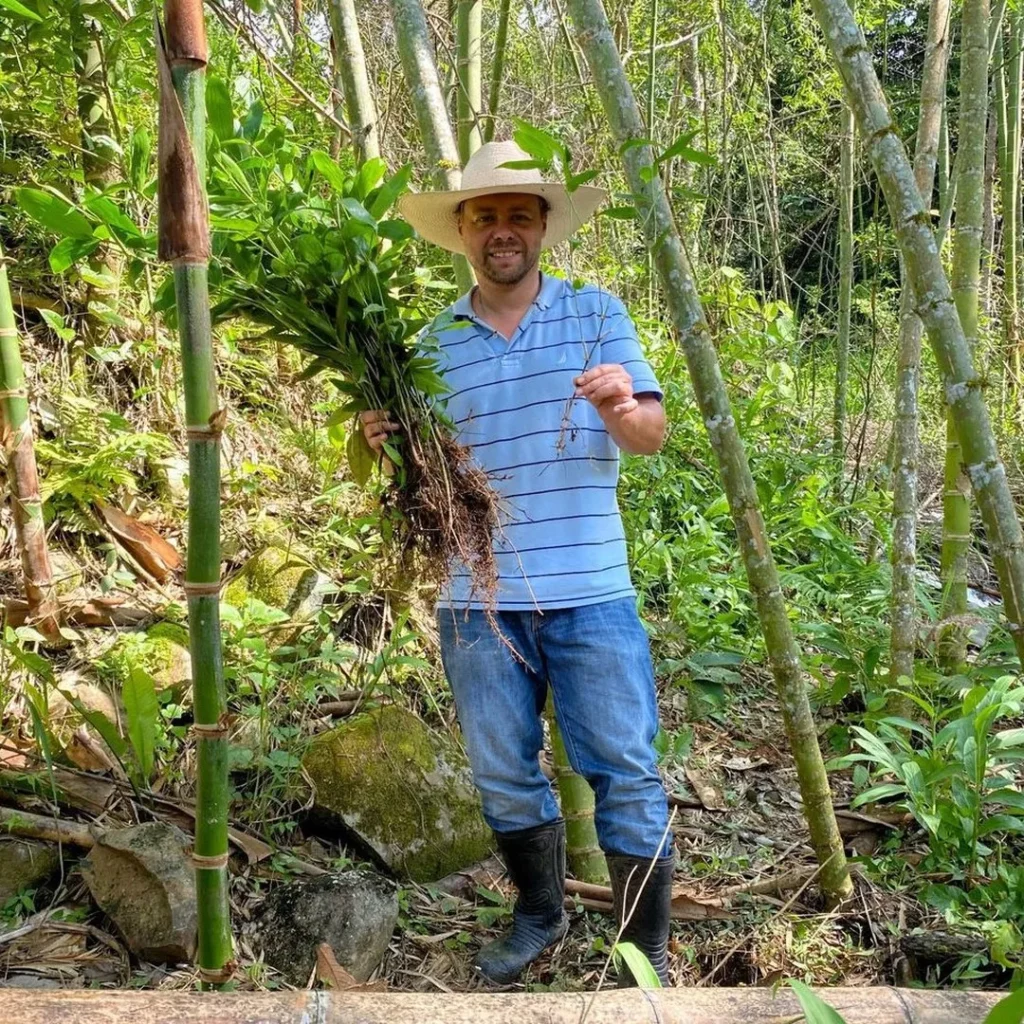
Bamboo is known for its rapid growth and can quickly become overgrown if not properly managed.
Controlling bamboo growth starts with understanding the unique nature of this plant. Bamboo spreads through an interconnected underground network of rhizomes, which can cause it to grow out of control if left unchecked.
To regain control, it’s important to implement a maintenance plan that includes regular pruning and monitoring of growth.
When dealing with overgrown bamboo, pruning is an essential technique to manage its size and shape. Begin by identifying the culms or canes that have grown excessively.
Use a sharp pair of pruning shears or loppers to cut back these culms at the base. Remove any dead or damaged culms as well, as they can hinder the healthy growth of the bamboo grove.
- Identify overgrown culms
- Use sharp pruning shears or loppers to cut back excess growth at the base
- Remove dead or damaged culms
Maintaining a Healthy Bamboo Grove
As an expert in bamboo care, I understand that successful grove maintenance goes beyond pruning and trimming. To keep your bamboo thriving, it’s important to follow a few additional tips and practices.
Here are some key aspects to consider when caring for your bamboo grove:
1. Watering: Bamboo plants require consistent moisture to flourish. Ensure your grove receives sufficient water, especially during dry periods. Aim to water deeply at the base of the plants, providing enough hydration to penetrate the roots.
Avoid overwatering, as it can lead to root rot.
2. Fertilizing: To promote healthy growth, apply a balanced fertilizer specifically formulated for bamboo. Choose one that is high in nitrogen to support foliage development.
Apply the fertilizer according to the manufacturer’s instructions, typically during the growing season.
3. Protection: Different bamboo species have varying cold tolerance levels. If you live in an area with harsh winters, consider protecting your bamboo from freezing temperatures.
Mulch around the base of the plants and cover them with burlap or other protective materials to shield them from the cold.
By implementing these care practices, you can ensure the longevity and vitality of your bamboo grove.
Remember to monitor your plants regularly and make adjustments as necessary to provide the optimal conditions for their growth. With proper care, you’ll enjoy a lush and healthy bamboo grove for years to come.






